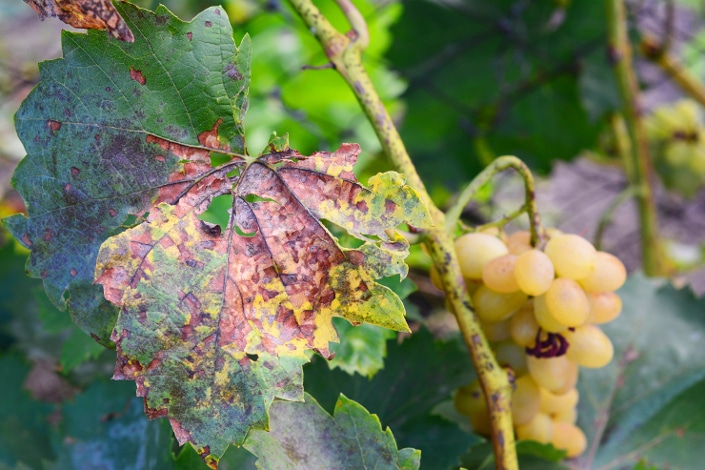During research on the bioproduction of citrus flavours by phytopathogenic fungi, scientists from INRAE, CNRS and CEA-BIAM discovered the role of a pair of enzymes in their infectious mechanism. This is an important advance that could help accelerate the reduction in the use of fungicides.
The objective of the Funtastic project supported by the ANR was to identify fungal enzymes capable of producing lemon-scented molecules for perfumery.
In the course of its work, the team observed for the first time the systematic presence of an alcohol oxidase together with a peroxidase which seems to be necessary for its activation. The existence of this tandem of oxidising enzymes in the pathogenic fungi Colletotrichum, Magnaporthe intrigued the scientists who then set up a multidisciplinary consortium at the interface of enzymology and the biology of phytopathogenic fungi.
The model fungal pathogen Colletotrichum orbiculare was chosen to study the impact of the enzyme tandem on its virulence. Their result was clear: the fungus cannot infect the plant in the absence of the enzyme tandem.

These are secreted simultaneously and localised at the point of infection. Their interaction is essential to trigger a chemical reaction at the level of the protective barrier (cuticle), located on the surface of the leaves and consisting of long-chain fatty alcohols. The reaction catalysed by the enzymatic tandem produces aldehydes that serve as a signal for a chain of biological processes allowing the fungus to cross the cuticle and penetrate deep plant tissues.
Understanding the highly complex and finely regulated mechanisms of this enzyme tandem could ultimately lead to the design of new strategies for crop protection. Indeed, fungi of the Colletotrichum and Magnaporthe genus that possess the tandem cause widespread diseases, such as anthracnose and blast, which have a heavy impact on the yield of vegetable, fruit and cereal crops.
This work brought together researchers from INRAE, CNRS, CEA-BIAM, as well as Japanese, Spanish and Canadian partners.